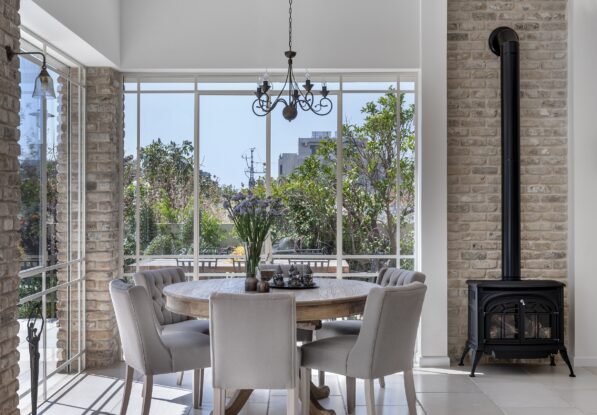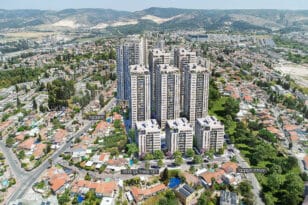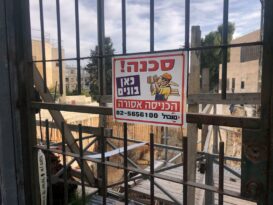Thanks to the warm climate in this country, most people do not give much thought to the various methods of heating homes in Israel. Since heating isn’t necessary most of the year, the vast majority of Israelis have settled for using the heating mode of their wall-mounted air conditioning units. The last decade has seen a new trend, with more Israelis willing to experiment with underfloor heating, fireplaces, and even central heating systems – especially in Jerusalem and the north of the country.
One of Israel’s claims to fame is that it is hot and sunny almost all year round. In the peak of the summer, the heat may be on the verge of unbearable, but for the rest of the year, the weather is relatively pleasant, with very few cold winter days. Thanks to this climate, until recently, the average local hasn’t paid much attention to the different methods of heating homes in Israel. The vast majority of the public has been satisfied in the winter with turning on the “heating” function of the wall-mounted air conditioning units that are generally used for cooling. Some people add portable radiators or space heaters for extra warmth and rooms that don’t have units – but no more than that. Considering we’re talking about heating homes in Israel for somewhere between 60-120 days a year, this makes a lot of sense.
In recent years, however, there has been a change in the way homeowners think about heating infrastructure, and people are beginning to look at more serious alternatives to heating homes in Israel. As usual, the trend was led by the most wealthy 10% of the population, who began installing underfloor heating systems and fireplaces in luxury homes decades ago. Within the last ten years, however, these methods have also become more mainstream among the middle class.
While advanced home heating methods have become more popular, many are still reluctant
“Underfloor heating and fireplaces are used today by anyone who can afford them,” says Shira Muskal, an architect and partner at Halel Architecture and Interior Design. “People don’t like the heating function on their air conditioners, and when they start thinking about renovating, they present it as a problem that needs to be addressed. Once they are already renovating the infrastructure of their home, they want to do it right, and they want to hear about the various heating methods available and what they involve.”
Architect Dan Lifshitz, owner of Dan Lifshitz Architects, on the other hand, is more hesitant about the change among the general public. “Traditional heating methods, especially air conditioning units, are still a very popular way of heating homes in Israel. As in many other areas of life, people stick with what they know. Although the option to install underfloor heating or fireplaces come up in every project, most customers are reluctant, both because they don’t know enough about them and because of the extra expense.”
Underfloor heating systems distribute a pleasant heat evenly throughout the space
Underfloor heating refers to a system of pipes installed under the flooring that uses either water or electricity to generate heat. The biggest advantage of underfloor heating is the uniform distribution of heat throughout the room, in contrast to portable radiators, space heaters, air conditioning units, or fireplaces, which create more heat closer to the source.
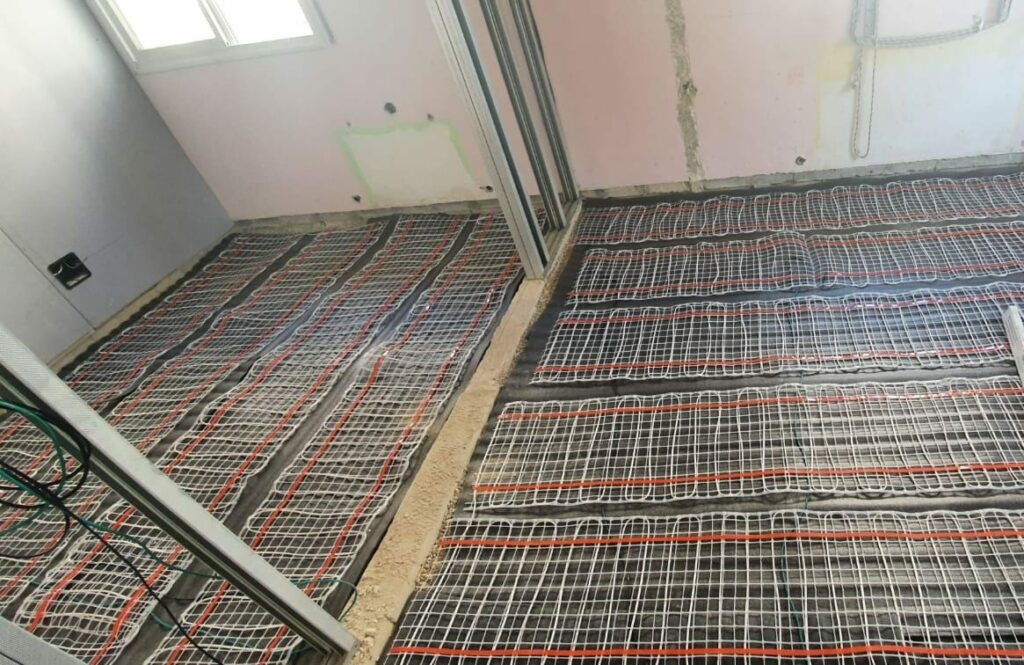
Electric underfloor heating is cheaper to install but much more expensive to operate due to high power consumption. In contrast, underfloor heating powered by water requires a greater installation cost upfront, but it is far more economical to run long term. The water is heated by a pump and then constantly circulated in a closed system of pipes throughout the house. Muskal adds that owners of private pools can use the same pump to heat both their pool and house.
According to Meni Ron, Owner and CEO of Olam Hachimum, a company that installs underfloor heating systems in Israel, in recent years there has been a decline in demand for electric heating pipes due to the price of high electricity consumption to heat the homes. The installation costs for underfloor heating systems range from NIS 40,000 for a 100 square-meter apartment to NIS 70,000 for a 200 square-meter private house.
“Until ten years ago, underfloor heating was only for the rich, but the last few years have seen a significant drop in costs alongside an increase in the standard of living of the middle class. Air conditioners create a dry, unpleasant heat, and people are tired of it,” explained Ron, “Today, almost everyone who renovates is open to exploring alternatives, and anyone who has experienced underfloor heating simply can’t go back – 80% of our customers today are middle class.”
“Underfloor heating is most popular in Jerusalem. This is where it started, and it is the first city where it has become standard. The three largest companies in the field are all based in Jerusalem. The method then spread to the north of the country, then to the south, and in the last few years it has even started popping up in Tel Aviv. There, people only use it for about 60 days a year, but they consider it a worthwhile luxury.”
Fireplaces add ambiance and design, as well as heat
Another method that has become a popular choice for heating homes in Israel is the fireplace, known as kamin in Hebrew, which offers an element of design, along with pleasant heat. “Most people who choose a fireplace love the way it looks and the ambiance it adds to the home,” explains Muskal. “From a design perspective, I love it. A fireplace creates a focal point that isn’t a television, and it contributes so much to the atmosphere and feeling of warmth in the living room.”
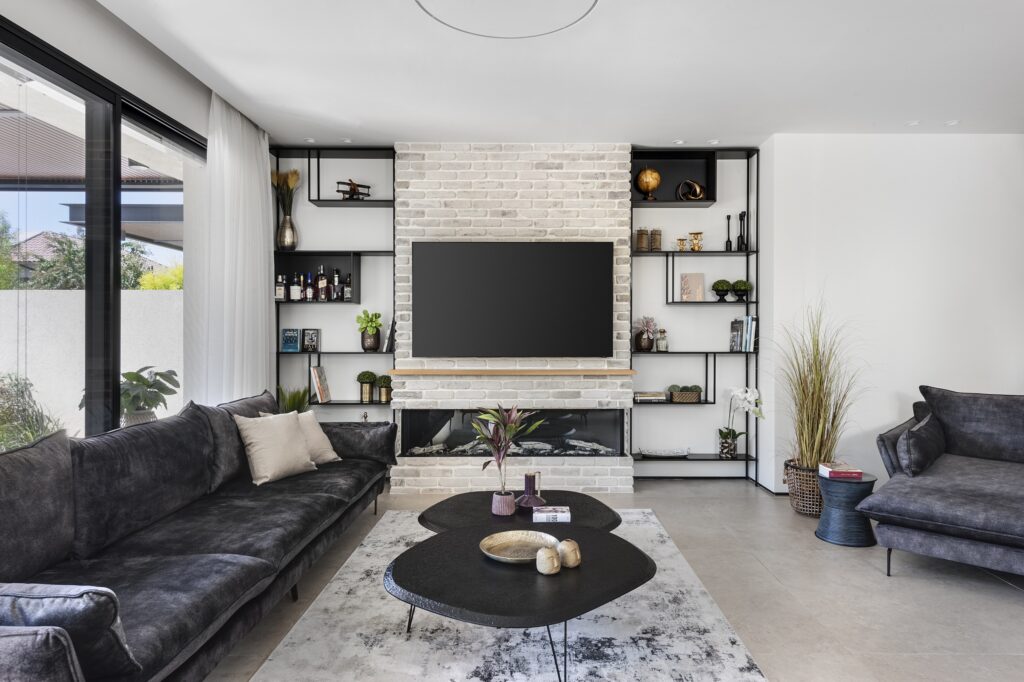
Recently, there has been rising concern about the environmental impact of wood and diesel-fueled fireplaces to heat homes in Israel. More people today are opting for gas-fired fireplaces, a cleaner form of heating that can be turned on and off with remote control. There are two types of gas-fired fireplaces—built-in and free-standing. Built-in fireplaces are constructed directly into a wall, a much more aesthetically pleasing design piece, whereas free-standing fireplaces are portable units that can be purchased and installed in an existing home without any need for construction work. Both types require gas and electricity hookups, as well as a chimney, which means they are only a relevant option for private homes or apartment units on the top floor of a shared building. Built-in gas fireplaces cost about NIS 20,000 including installation, while free-standing units go for between NIS 10,000-15,000.
There are two types of fireplaces that can be installed in apartments on any floor of a building. Electric fireplaces look and work in a similar way as gas-fired fireplaces, but they heat far less effectively and still cost around NIS 15,000. Bio-ethanol fireplaces give off the impressive appearance of an open fire in the center of the house, but don’t heat very well. According to Muskal, these are definitely the most attractive fireplaces on the market, but they are also the least effective. “It’s actually almost a design ornament,” Muskal admits. However, the cost of this pretty decoration ranges from NIS 20,000-30,000.
“Just like underfloor heating systems, fireplaces are also most popular in colder areas,” reports Muskal. “There is the highest demand in the Jerusalem area and the north, but I think they contribute a lot to the look and atmosphere of every apartment.”
Central heating is the least popular method for heating homes in Israel
The third option for creating heat in homes, far less common in Israel than underfloor heating and fireplaces, is central heating – a system built from a central heating element that runs on electricity, gas, or even wood. The system transfers heat through pipes to radiators installed in each of the rooms, and it can also heat water, just like an electric boiler.
According to architect Lifshitz, “Central heating is an old-fashioned way of heating homes in Israel. It was very common in Europe but for some reason, in Israel, it was less successful. Once upon a time, people controlled the radiator in each room using a knob that could be opened or closed. Today, there are computerized systems that control the heating throughout the entire house.”
When building or renovating a home in Israel, it’s important to consider the various ways to heat the home during the planning stages in order to prepare the appropriate infrastructure and space for the right system. Professionals designers and architects in Israel are familiar with the different systems and the pros and cons that each one bears. A professional will assist you in choosing the right method of heating your home in Israel, depending on the climate in the area, the type of home you are building or renovating, and the space that you have.
